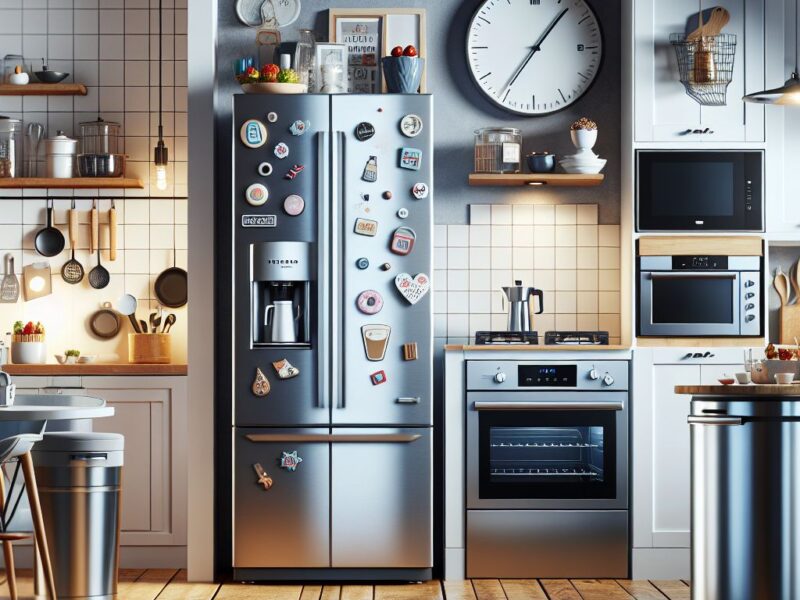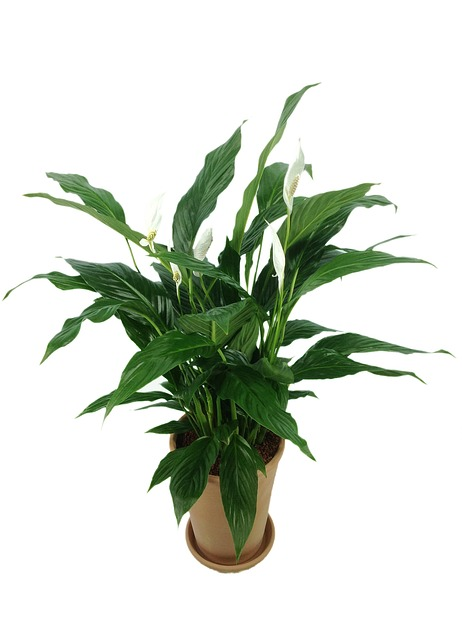
Having an air purifier in your home is a great way to improve the quality of the air you breathe, but it’s important to choose the right location for your purifier. Different areas of your home require different types of air purifiers and optimal placement can make all the difference when it comes to getting maximum efficiency from your device. In this article, we’ll explore some tips on how to determine the best location for an air purifier in any kind of room. We’ll also discuss what type of filter is most effective for each area and explain why certain locations are better than others. Once you’ve read through this guide, you should have a good idea about where to place your air purifier so that it can do its job efficiently and effectively.
Why Should Your Home Need an Air Purifiers?
Air purifiers are essential to maintaining clean and healthy air in a home. They are designed to remove airborne pollutants such as dust, pollen, pet dander, smoke and other irritants that can be harmful when breathed into the lungs. Additionally, air purifiers help reduce the risk of allergies and asthma symptoms by removing these irritants from the air. By investing in an air purifier, you can rest assured that the air inside your home will be safer and more comfortable for everyone living there.

Air Quality in your home
We all know that the air quality outside can affect our health, but did you know that the air quality inside your home can also have a potential impact on your family’s health? As homeowners, it’s important to understand why air quality is so important and what steps you can take to ensure that your family is breathing in clean, healthy air. Let’s take a look at why we should care about air quality in our homes.
The Dangers of Poor Air Quality
When we think of pollution, we tend to imagine smog-filled cities and industrial zones. But did you know that indoor air pollution can be up to 5 times worse than outdoor pollution? Poor ventilation combined with everyday household products like cleaning supplies, aerosol sprays and cosmetics can lead to polluted indoor air. This type of air pollution can cause a variety of short-term symptoms such as headaches and fatigue, as well as long-term effects such as respiratory diseases. By taking proactive steps to improve the air quality in your home, you can protect your family from these dangers.
What are the most common pollutants found in the bedroom?
Common Pollutants in the Bedroom: What You Should Know
The bedroom is a special place in our homes; it’s where we go to rest and relax. Unfortunately, bedrooms are also places that can become polluted with various toxins and pollutants, which can have negative effects on your health. In this blog post, we’ll discuss the most common pollutants found in the bedroom and what you can do to reduce them.
Volatile Organic Compounds (VOCs)
Volatile organic compounds (VOCs) are chemicals that are released into the air from certain materials or products like paint, furniture, cleaning products, carpets, and more. These compounds can cause eye irritation, headaches, dizziness, nausea, respiratory problems and other health issues. To reduce VOCs in your bedroom it is best to choose low-VOC paints and finishes when possible. Additionally, it’s important to avoid using synthetic fragrances or air fresheners as these often contain VOCs too.
Mold and Mildew
Mold and mildew thrive in damp environments so if your bedroom has poor ventilation or leaks then you may find yourself dealing with a mold problem. This can cause respiratory issues for those living in the home as well as structural damage to your house itself over time. To prevent mold growth in your bedroom make sure there is adequate ventilation such as opening windows when possible and checking for any water leaks that could be contributing to the problem. If you already have a mold problem then contact an experienced professional for help removing it safely.
Pesticides and Insecticides
Pesticides or insecticides used in bedrooms can be dangerous if used improperly or without proper ventilation so you should always use caution when using them near your bedding area. Make sure to open windows whenever possible while using pesticides or insect dusts so that any dangerous particles can escape out of the room before they settle into fabrics or other surfaces where they could linger long after use. In addition, look for natural alternatives such as essential oils or plant-based sprays instead of chemical pesticides whenever possible.
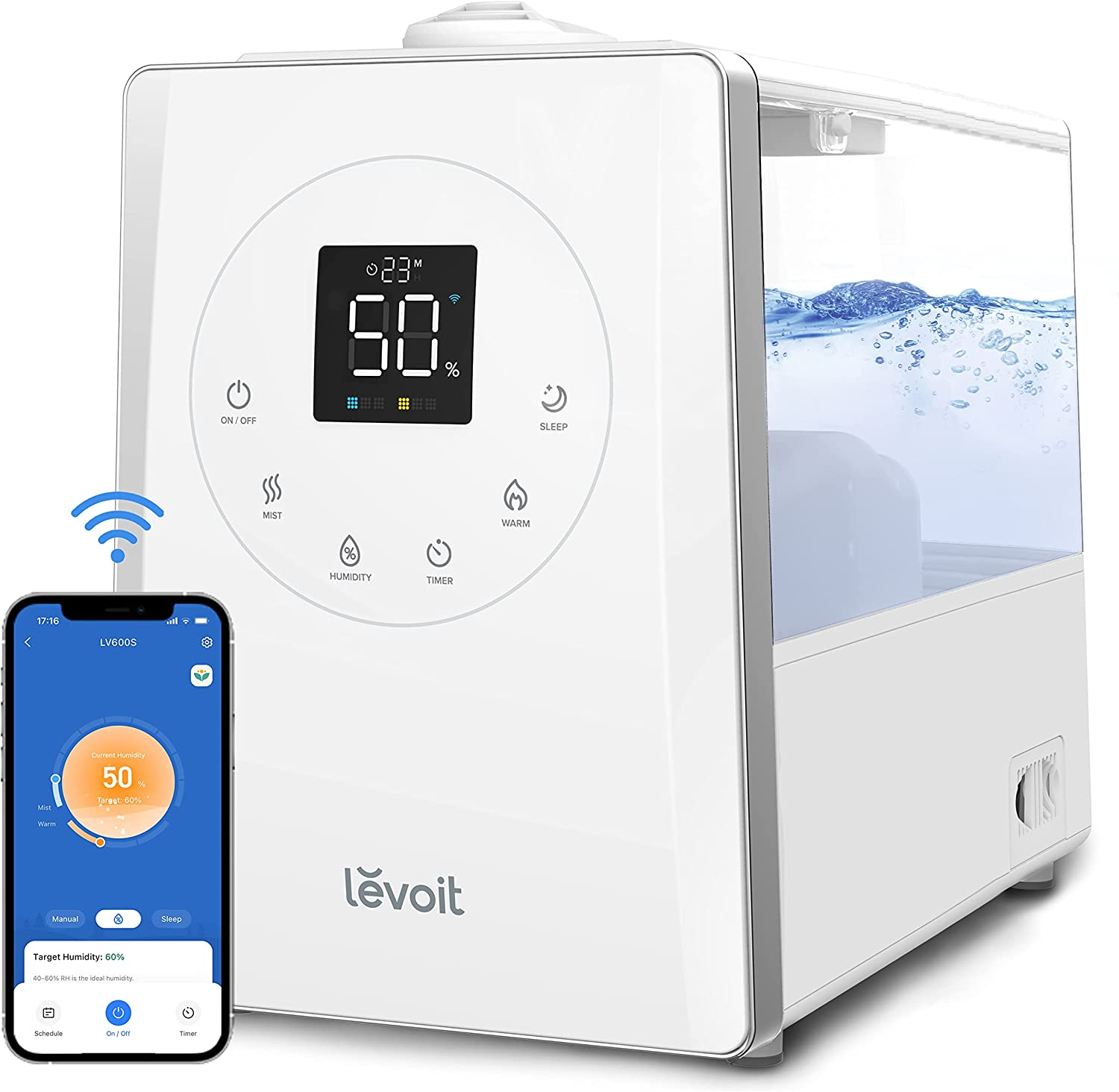
Improve Air Quality with Simple Steps
Fortunately, improving the air quality in your home doesn’t have to be complicated or expensive. Here are some simple tips that you can implement right away:
• Open windows whenever possible – Natural ventilation will help reduce indoor pollutants and bring fresh oxygen into the home.
• Keep humidity levels low – High humidity levels create an ideal environment for mold growth which releases dangerous mold spores into the home’s atmosphere.
• Vacuum regularly – Regular vacuuming helps remove dust particles from carpets, rugs and furniture which reduces the amount of pollutants in your home’s atmosphere.
• Change HVAC filters regularly – Dirty filters are a common source of indoor air pollution because they trap particles which then get released back into the atmosphere upon recirculation. Be sure to change your HVAC filter every 3 months for optimum performance.
• Don’t allow smoking indoors – Secondhand smoke is one of the leading causes of poor indoor air quality so be sure to designate smoking areas outdoors only.
• Use natural cleaning products – Many store bought cleaning supplies contain harsh chemicals which are released into the atmosphere when used indoors so opt for natural products instead whenever possible.
By understanding why it is important to maintain good air quality in our homes, we are taking an important step towards protecting ourselves and our families from potential health risks associated with poor indoor air quality. With just a few simple steps like opening windows when possible, keeping humidity levels low, changing HVAC filters regularly and using natural cleaning products, homeowners everywhere can make their homes healthier places for their loved ones to live!
The Ultimate Guide to Air Purifier Placement in Your Home!

Choose Your Room
The first step is to decide which room or rooms in your house you would like to use an air purifier in. Depending on the size of your home, you may need more than one unit. Additionally, if some members of your family have allergies or asthma, it is a good idea to invest in extra units for those particular rooms. Some common rooms that benefit from an air purifier include bedrooms, living rooms, and any space with pets or smokers.
Find The Center Of The Room
Once you’ve chosen a room for your air purifier, the next step is to find its center point. This is important because the effect of an air purifier decreases as you move away from its center point. To ensure that everyone in the room enjoys clean air at all times, place it at least four feet away from any furniture or walls so that it has full coverage over a large area within the room.
Keep It Level And Away From Windows
You should also make sure that your unit is level with no tilting or leaning towards one side of the room as this can reduce its efficiency. Additionally, avoid placing it close to windows because drafts can reduce its effectiveness by blowing particles back into the room and diluting clean air before it reaches its target area. If possible, turn off vents near your unit too as they can also cause problems with airflow directionality and reduce efficiency overall.
With these tips in mind, you’ll be able to place an air purifier in your home effectively and enjoy clean and healthy air indoors! Remember that proper placement is key when using an air purifier; otherwise the unit won’t be able to do its job properly and could end up wasting energy instead of keeping your home fresh and free of pollutants! With just a few simple steps outlined above you’ll be able to maximize the performance of your device while also reducing any potential health risks associated with indoor pollution levels within your home!
Where to place air purifier in your bedroom?
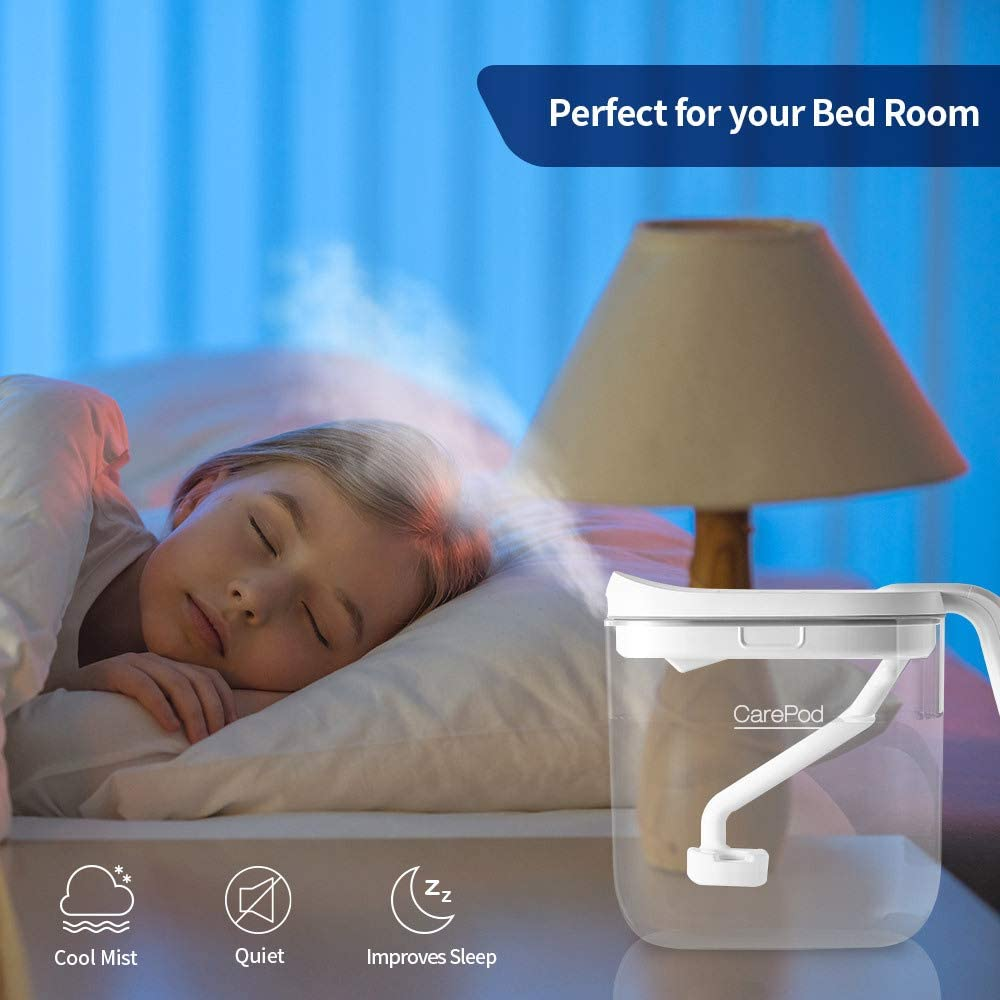
Placing An Air Purifier In Your Bedroom For Optimal Performance
Blog Introduction: Having an air purifier in your bedroom is one of the best ways to ensure you are breathing clean air at night and getting a good night’s sleep. But where is the best place to put it? The answer depends on several factors, such as the size of your room, how much furniture you have, and what type of air purifier you own. Let’s take a look at some of the options for optimal placement.
The Ideal Location
Ideally, all air purifiers should be placed in the center of your bedroom, away from windows or doors. This will ensure that it covers the entire room and is able to pick up airborne particles more efficiently. If possible, try to place it at least three feet away from any furniture or walls so that air can flow freely around it. Additionally, if your bedroom has multiple levels, like a lofted bed or built-in shelves, make sure to place the air purifier in the lower portion of the room for maximum efficiency.
For Smaller Rooms
If your bedroom is small or cramped with furniture and not conducive to having an air purifier in its center, then don’t worry! You still have plenty of options for optimal placement. Try placing it near a corner or against a wall so that there is some space around it for airflow. Additionally, if you have floor vents in your bedroom, try putting the air purifier near one—this way it can capture airborne particles before they reach other parts of the room.
Types Of Air Purifiers
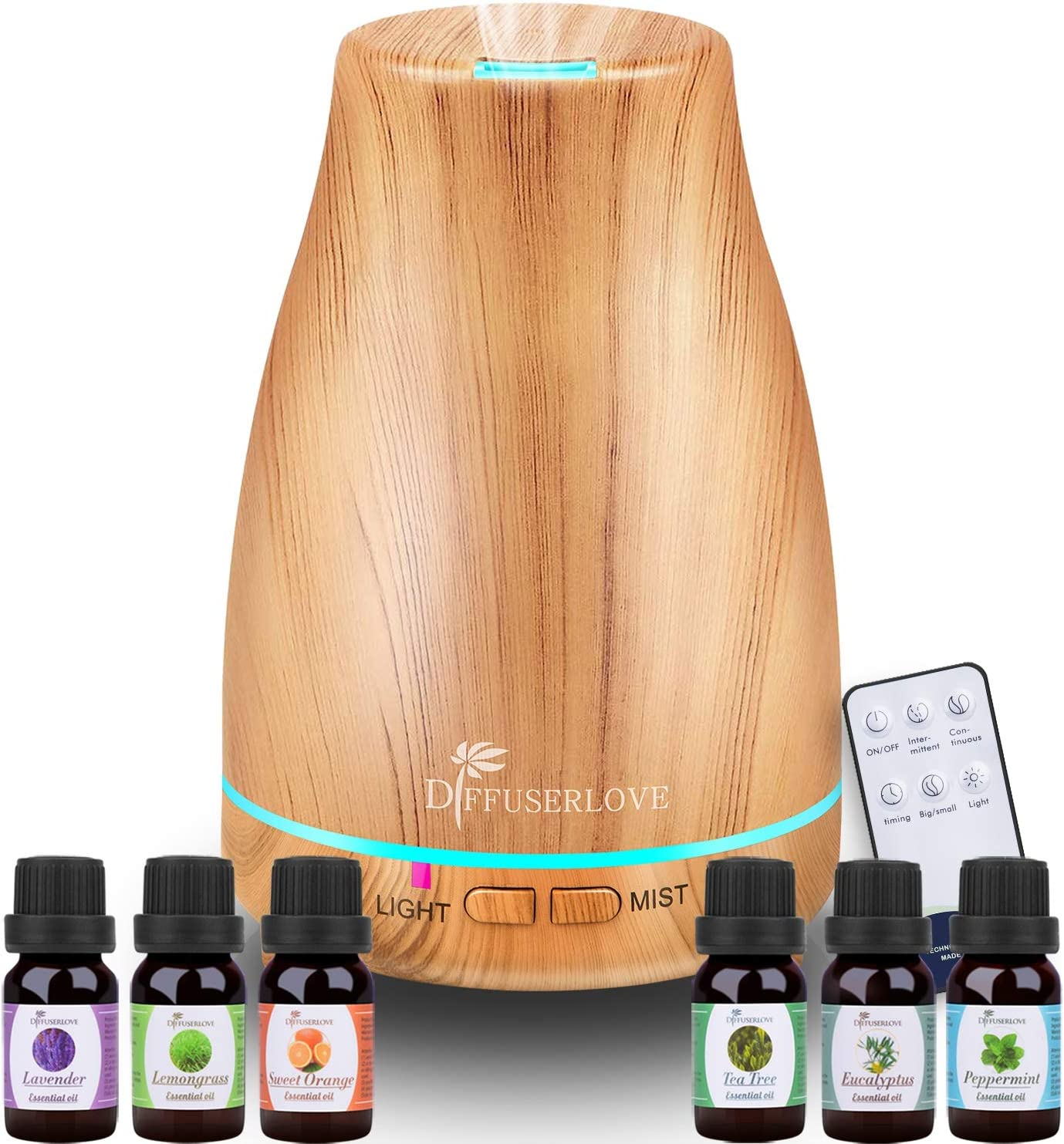
The type of air purifier you own will affect where you place it as well. For example, if you own an ionic air purifier (one with electrically charged plates), then make sure to keep it away from water sources like sinks and bathtubs since they could damage its electrical components. Similarly, filter-based models need more space around them than ionic ones do since they require more airflow. Keep this in mind when deciding where to put yours!
Where you put an air purifier, it makes all the difference when it comes to how efficient it is at eliminating airborne pollutants from your home. It’s important to consider several factors when deciding on its placement—the size of your room, how much furniture you have inside, and what type of model you own—in order to ensure that your air purifier works optimally and provides maximum benefit for healthy living! With these tips in mind, finding the right spot for yours should be a breeze! Most air purifiers are good at eliminating airborne pollutants.
Why should you be concerned about air pollution in the bedroom?
We all know that air pollution is a major problem, but we often do not think about how this affects the air quality inside our homes. In particular, the bedroom is at risk of having high levels of indoor air pollution due to its enclosed nature and lack of ventilation. It is important to be aware of potential sources of air pollution and take steps to reduce their effects on our health.
What Causes Air Pollution in the Bedroom?
There are several sources of air pollution in the bedroom, including dust, pet dander, mold, volatile organic compounds (VOCs), and even off-gassing from furniture and bedding. Dust and pet dander can accumulate quickly in a bedroom due to its enclosed space. Mold spores can grow if dampness or humidity levels are too high. VOCs come from various everyday products such as cleaning supplies, aerosol sprays, paint fumes, and fragrances. Finally, furniture and bedding may contain chemicals which can release VOCs into the air over time.
How Can You Reduce Air Pollution in Your Bedroom?
The first step is to identify any potential sources of air pollution in your bedroom. If you have pets or allergies then it might be wise to invest in an air purifier or HEPA filter for your bedroom as these can help reduce dust and other allergens from circulating through the air. Additionally, make sure that your bedroom has adequate ventilation so that odors and pollutants can escape outside rather than building up inside your home. If you have recently painted or renovated then make sure that you open windows while doing so to allow any VOCs to escape outdoors rather than accumulating indoors. Finally, if possible avoid using scented candles or aerosol sprays as these can both add additional pollutants into the room’s atmosphere.
Air purifiers placement in your living room

Let’s take a look at some tips for proper air purifier placement so that you can get the most out of your investment.
How Far From the Walls Should You Place an Air Purifier?
When determining where to place an air purifier in a living room, it is important that you leave enough space around it. A minimum of 36 inches from any walls is recommended to allow for proper circulation and maximize efficiency. If possible, try and keep the unit away from furniture as well; this will help maintain effective airflow throughout your living room.
Which Side of the Room Is Best for Air Purifiers?
In general, keeping an air purifier on one side of the living room will provide better coverage than having multiple units throughout the space. The ideal location is near where people spend most of their time, such as in front of a sofa or television set. This way, breathing clean air will be easier on everyone who spends time in the room.
What Height Should You Place an Air Purifiers?
The height of most air purifiers should also be taken into consideration when placing it in a living room. It should usually be placed between 3 and 8 feet off the ground; any higher than 8 feet and its effectiveness may be reduced due to less-than-optimal airflow. Additionally, placing a unit too low could lead to dust buildup over time due to greater contact with dirt particles on the floor.
7 Rules Of Where To Put Air Purifier (Or Where Not To Place It)
An air purifier can help keep the air in your home free of pollutants, allergens, and other contaminants. However, it is important to know where to place an air purifier in order to get the most out of it. Here are seven rules for where to put an air purifier (and where not to).
1. Do Not Place an Air Purifier Near Heat Sources – Heat sources like radiators and fireplaces can cause the filter in the purifier to dry out faster than normal and reduce its efficiency.
2. Place Air Purifiers in High-Traffic Areas – To get the best results from your air purifier, you should place it in a high-traffic area such as a living room or bedroom. This will ensure that more people will be exposed to cleaner air throughout their day or night.
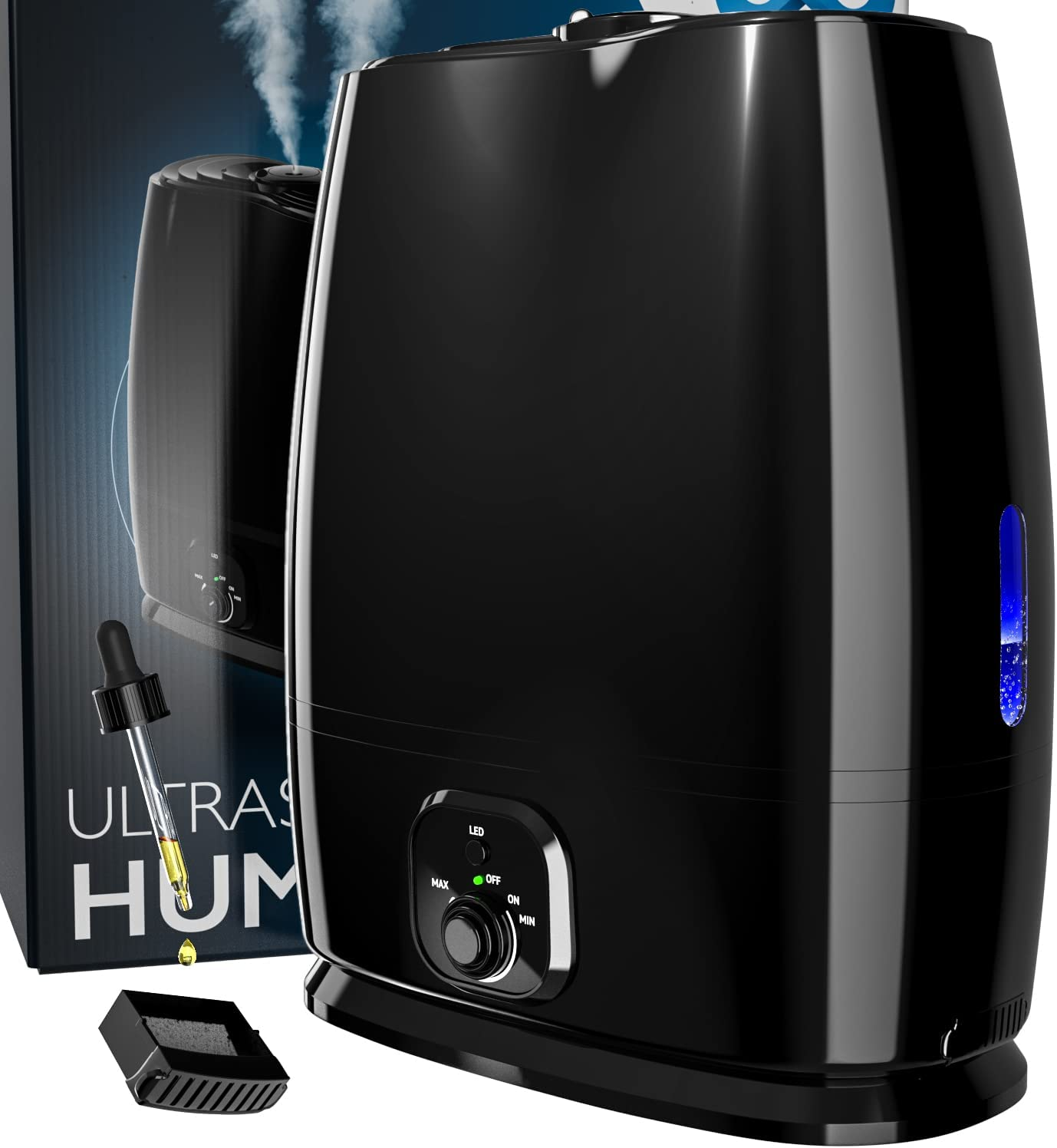
3. Avoid Placing an Air Purifier Near Open Windows – While fresh air is important, open windows can cause too much dust and dirt particles to enter the room which could then clog up the filter more quickly than normal. Additionally, open windows can allow polluted outside air into your home, negating any benefits provided by the purifier itself.
4. Install Your Air Purifier Away From Furniture – It’s important to place your purifier at least two feet away from furniture so that it doesn’t become blocked by chairs or couches and thus unable to do its job properly. Additionally, being placed near furniture can also increase the risk of dust buildup on both the furniture and inside the device itself which could reduce its effectiveness over time if not regularly cleaned out.
5. Make Sure Your Air Purifier Is Level – An uneven surface can make it difficult for an air purifier’s filter system to work correctly so make sure that you install it on a level surface such as a desk or table top for optimal performance .
6. Keep Your Air Purification System Out Of Direct Sunlight – Sunlight can damage some parts of an air purification system so try not to place them too close to south-facing windows or other areas with direct sun exposure during peak daylight hours.. 7. Consider Installing Multiple Units In Different Rooms– If you have multiple rooms in your house that require clean air, consider installing multiple units throughout them instead of relying on just one unit per room as this will allow you to maximize results while minimizing costs associated with replacing filters constantly due overworking one unit alone .
Which Room is Best For My Air Purifier?
An air purifier is a great way to clean up the air in your home, but it’s important to think about where you place it. Different rooms require different placement strategies for the most effective air purification. Lets explore which room is best for an air purifier and how to maximize its effectiveness.
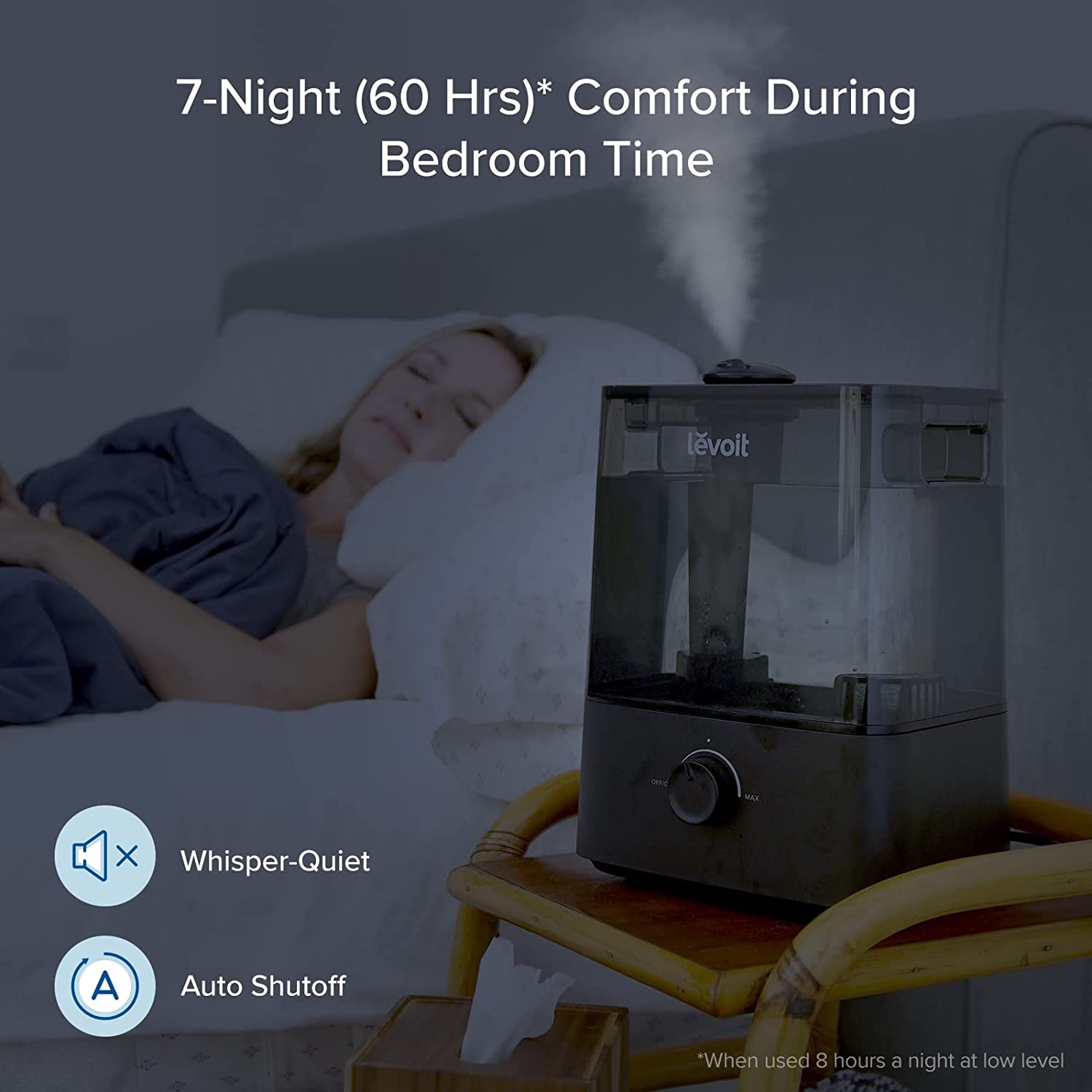
Air Purifier in Our Living Room/Great Room?
If you have an open-concept living area or a large family room with multiple seating areas, then placing your air purifier in the center of the room will ensure that all areas are purified. Ideally, you should place your unit on a table or shelf no higher than eye level so that it can be monitored more easily. Additionally, make sure that there is at least two feet of space between walls and objects such as furniture so that nothing blocks the airflow from the purifier.
Air Purifier in Our Bedroom?
The bedroom is perhaps one of the most important places to position your air purifier because we spend so much time there. For most bedrooms, placing an air purifier near a window or doorway is ideal because these are typically sources of outside contaminants such as pollen and dust particles that enter through cracks and crevices. Additionally, you’ll want to make sure that your unit isn’t placed too close to your bed; otherwise, you may find yourself inhaling some of its fumes throughout the night.
Air Purifier in Our Kitchen?
The kitchen can be one of the most polluted rooms in your home due to cooking oils and other airborne particles from food preparation. To combat this issue, consider placing your air purifier near any vents or windows in your kitchen so that it can capture airborne particles before they spread further into other parts of your home. Additionally, if you’re able to install a built-in filtration system into existing fan hoods over stoves/ovens then this will also help keep odors at bay while cooking meals!
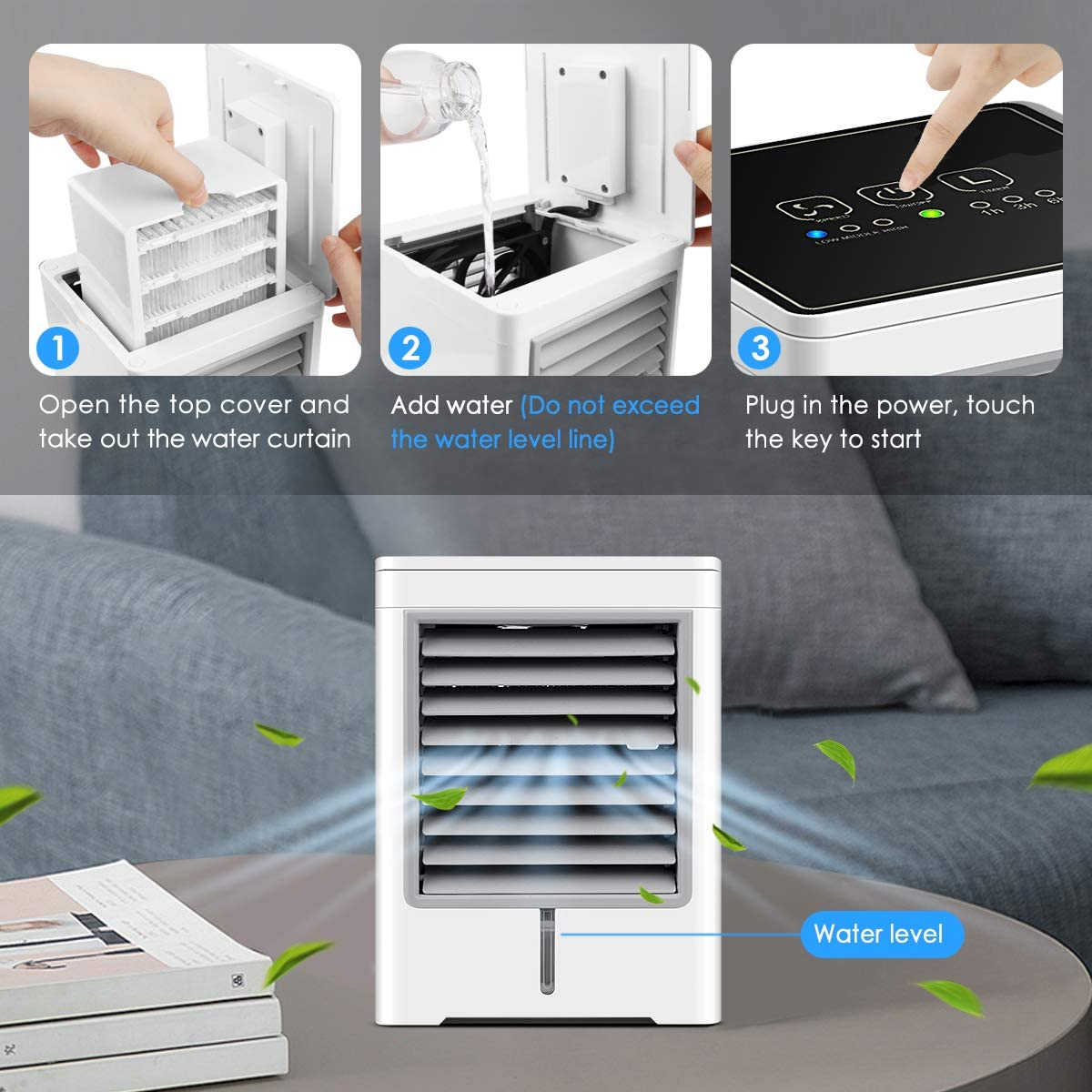
Conclusion
Keeping your home’s indoor environment safe from pollutants and allergens is essential for good health and well-being—not just for yourself but for all those who live there! Knowing where (and where not) to place an air purification system is key for getting maximum efficiency out of these devices while also preventing them from becoming damaged over time due improper placement or maintenance concerns due frequent movement/placement changes . By following these seven rules above when placing your new systems , you’ll be able enjoy clean fresh indoor atmosphere all year long !

